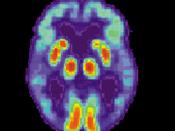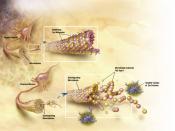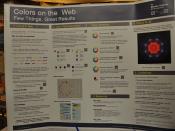Though at one point in time clinical scientists believed in only one model of abnormality, we now have six very different models. The original model of abnormality was, unfortunately, the product of cultural beliefs. But because no one model can be deemed complete on its own, competing models have since developed to strive for the comprehensive means for treatment. For example, the biological model and the psychodynamic model take very different approaches on understanding thoughts and emotions. All models are unique and similar to each other, but the biological model and psychodynamic model seem to be the most extreme when compared to each other.
The biological model takes on more of a medical perspective, which is somewhat self-explanatory in its title. It takes its roots in human biological or genetic makeup. The main focus of the biological approach is the brain and how psychological abnormality stems from malfunctioning parts of the organism.
This is because biological theorists have found links between problems in cerebral anatomy and actual psychological disorders. When there is difficulty in transmitting messages between neurons, psychological disorders can occur. Also, researchers believe that these disorders can come from abnormal chemical activity in the endocrine system and from genetics. Inheritance can play an important role in the predisposition to certain mood disorders, like schizophrenia and Alzheimer's disease.
The psychodynamic model, the oldest and most popular of the six, has a completely different approach than that of the biological model. The psychodynamic model states that a person's behavior is the result of underlying dynamic psychological forces, whether they are independent or interactive. A conflict between these dynamic forces is what causes abnormal behavior. Freud, the father of the psychodynamic model, proposed that it was an unconscious conflict between three forces: the id, ego, and superego. If one's developmental...



You need a bibliography
I don't blame you! Most high schools in America do not enforce the "Law" of citing the sources in an essay or in research paper. But my advice would be that you should cite any information or statistics you include in your essay. If not, you are giving the readers the chance to doubt your information and sometimes not consider your essay as adequate! Just saying...
1 out of 1 people found this comment useful.